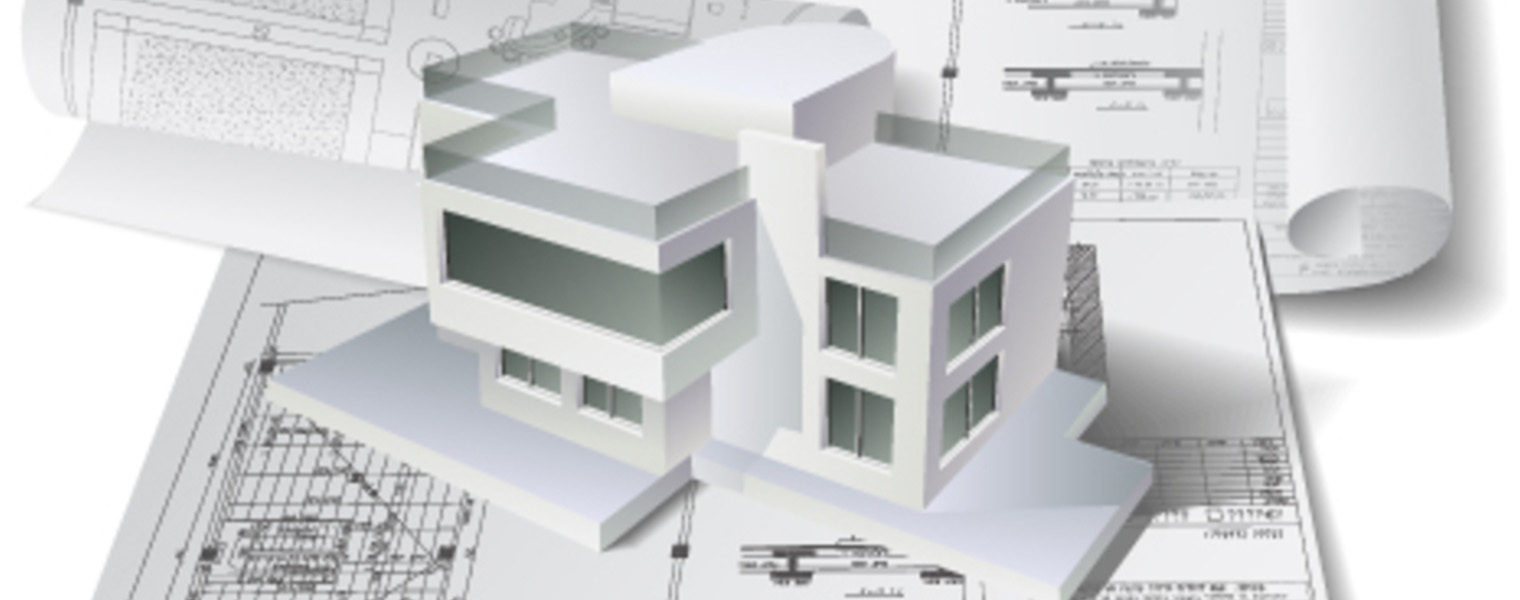In recent years, the construction industry has witnessed a significant transformation with the advent of Building Information Modeling (BIM). BIM has revolutionized the way construction projects are designed, coordinated, and executed, bringing numerous benefits to stakeholders involved. By integrating technology, collaboration, and data-driven processes, BIM modeling has become a game-changer in the construction industry.
Enhanced Coordination and Collaboration:
One of the primary advantages of BIM modeling is its ability to enhance coordination and collaboration among project teams. With BIM, architects, engineers, contractors, and other stakeholders can work collaboratively on a shared digital platform, eliminating the silos that often hinder effective communication. Real-time access to a centralized BIM model allows for seamless coordination of design changes, clash detection, and resolution, resulting in improved project outcomes.
Improved Visualization and Design Analysis:
BIM modeling enables stakeholders to visualize the project in a three-dimensional (3D) environment. This immersive experience helps in better understanding the design intent and identifying potential issues at the early stages of the project. Through virtual walkthroughs and flyovers, project teams can analyze and optimize various design aspects, such as spatial relationships, building performance, and construction sequencing. This leads to informed decision-making, reduced rework, and enhanced efficiency throughout the construction process.
Efficient Construction and Lifecycle Management:
With BIM modeling, construction processes become more streamlined and efficient. The 3D model serves as a comprehensive digital representation of the project, allowing for accurate quantity takeoffs, cost estimations, and material tracking. This data-driven approach minimizes errors, reduces waste, and optimizes resource allocation. Furthermore, BIM facilitates the integration of facility management information, enabling seamless transition from construction to operation and maintenance phases, thus enhancing the project’s lifecycle management.
Clash Detection and Risk Mitigation:
BIM modeling plays a crucial role in detecting clashes and potential conflicts before they occur on the construction site. Through clash detection analysis, clashes between different building systems, such as architectural, structural, and mechanical, can be identified and resolved early in the design phase. This proactive approach minimizes costly rework, avoids construction delays, and ensures smooth construction progress.
Sustainability and Energy Analysis:
BIM modeling enables the evaluation of the environmental performance of a building. Energy analysis tools integrated within the BIM platform help assess the energy efficiency of different design alternatives, allowing for optimized building performance. This promotes sustainable design practices, reduces energy consumption, and contributes to the development of green and eco-friendly buildings.
BIM modeling has brought about a paradigm shift in the construction industry, offering numerous benefits that lead to improved project outcomes. From enhanced coordination and collaboration to efficient construction management, clash detection, risk mitigation, and sustainability analysis, BIM is transforming the way construction projects are conceived, designed, and executed. As the industry continues to embrace BIM modeling, it opens doors to greater efficiency, cost savings, and sustainable construction practices, paving the way for a more innovative and successful future in construction.








